Antonio Pineda | 1919-2009
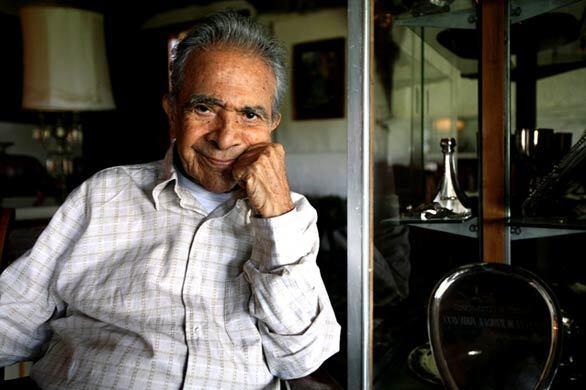
Antonio Pineda was among the most prominent of many silversmiths to emerge from the mountain town of Taxco, Mexico, beginning in the 1930s. “The richness of silver is immortal,” he once said. (Jennifer Szymaszek / For The Times)
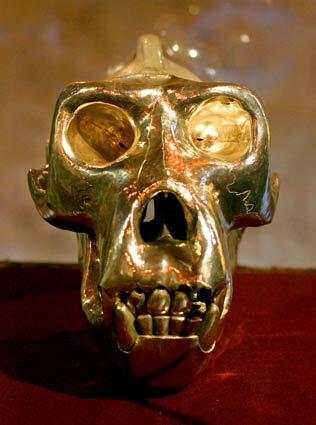
Visitors to Taxco de Alarcón, Mexico, the silver-mining area where Pineda lived, can see his “Craneo Prehispánico” in the city’s Museo de la Plateria (Silversmithing Museum). (Jennifer Szymaszek / For The Times)
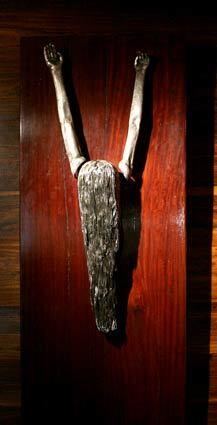
Also at Museo de la Plateria is Pineda’s sculpture “Ecce Omo” (circa 1960). (Jennifer Szymaszek / For The Times)
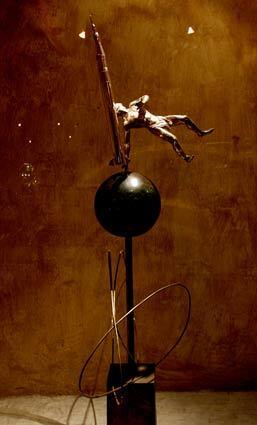
Drama surrounds the artist’s “Expesión Espacial,” also on exhibit in Taxco. (Jennifer Szymaszek / For The Times)
Advertisement
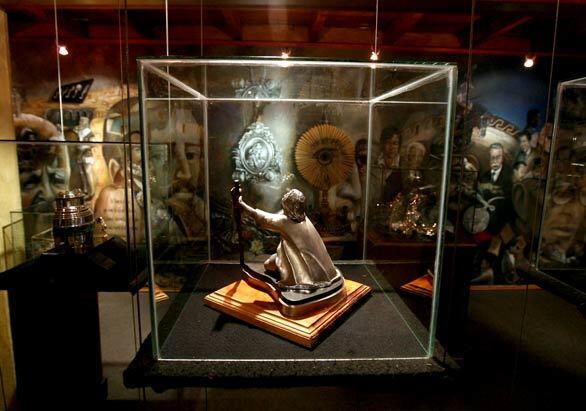
The murals of Museo de la Plateria lend a context to Pineda’s works, including “Cristóbal Colón.” (Jennifer Szymaszek / For The Times)
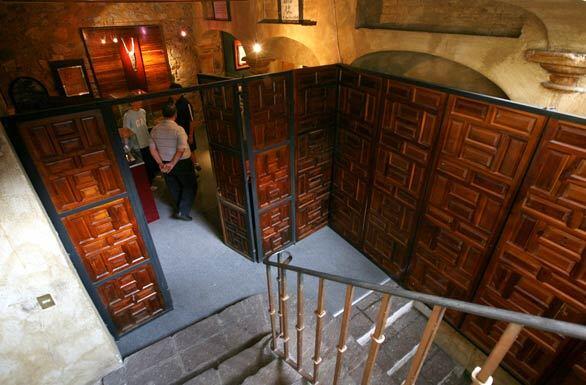
Colors of the Mexican landscape infuse the interiors of Museo de la Plateria. (Jennifer Szymaszek / For The Times)
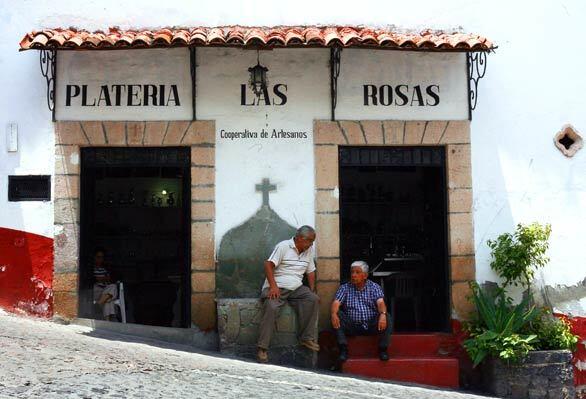
As Taxco de Alarcón’s reputation grew, it became a vacation spot for writers, artists, collectors and the Hollywood film community. By the early 1950s, some 150 silver shops were operating in the town; several carry on today. (Jennifer Szymaszek / For The Times)
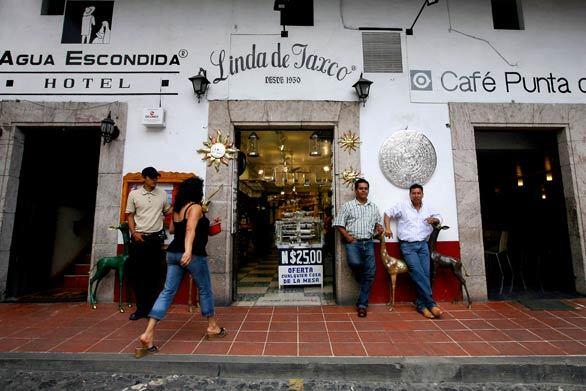
With the elite having long ago moved on, most of Taxco’s shops today cater to tourists and day-trippers from Mexico City. (Jennifer Szymaszek / For The Times)
Advertisement
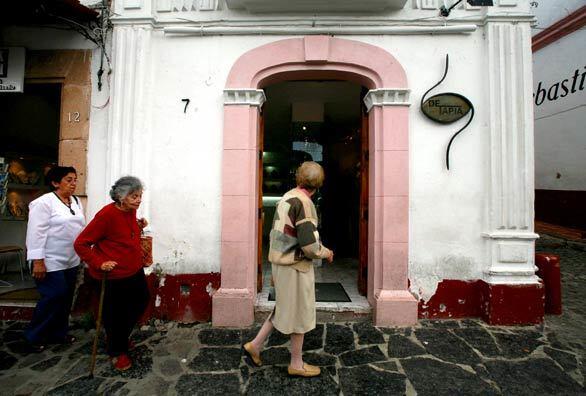
Tourist peruse shops’ wares from Taxco’s cobblestone streets. (Jennifer Szymaszek / For The Times)
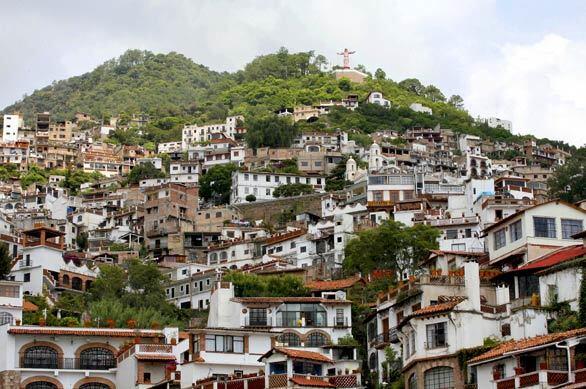
Although silver has been mined in the Taxco region since the conquistadors arrived in the 1500s, silversmithing didn’t truly take hold until the 1930s. (Jennifer Szymaszek / For The Times)







